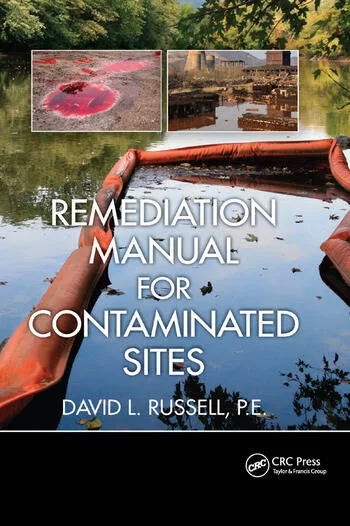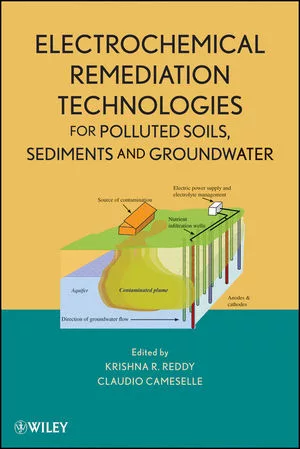$10M for EGLE targets ‘stamp sands’ threat to Lake Superior fishery
A Jetty to protect whitefish and lake trout spawning grounds from copper stamp sands is coming to Michigan.
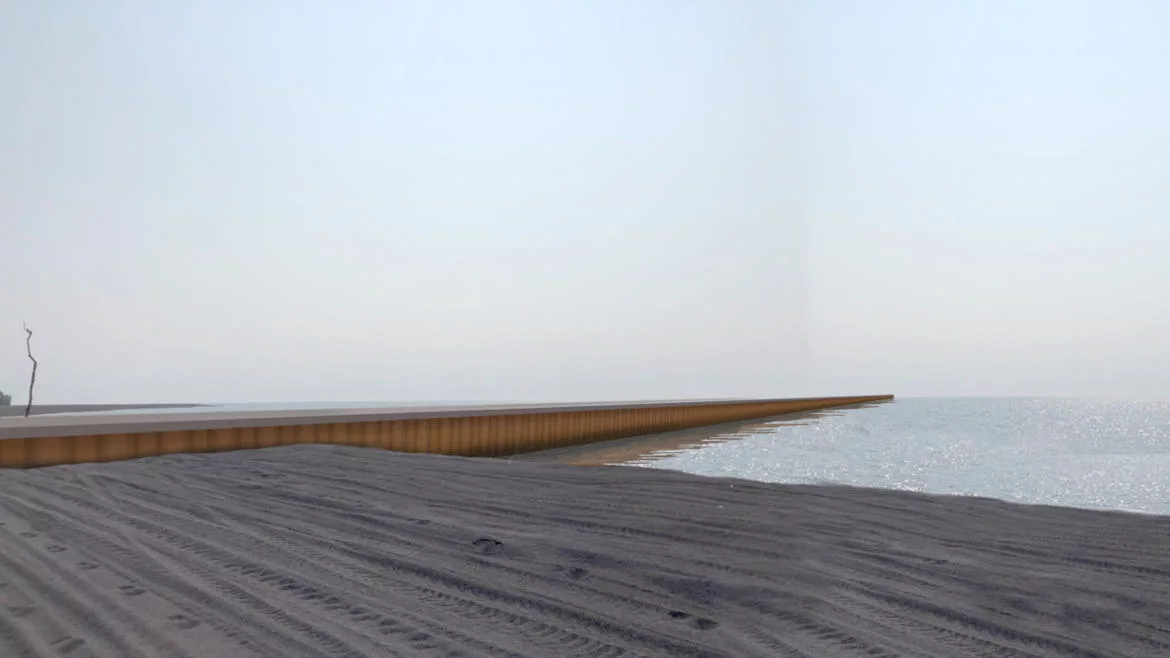
Buffalo reef jetty concept, courtesy of the State of Michigan.
The bipartisan state budget Gov. Gretchen Whitmer signed July 20 includes a down payment on a solution to one of Michigan’s biggest environmental remediation challenges. A $10 million allocation to the Michigan Department of Environment, Great Lakes, and Energy (EGLE) will begin the process of building a 2,000-foot jetty to block the relentless march of millions of tons of “stamp sands” along the bottom of Lake Superior.
The sands – a vestige of long-ago Upper Peninsula copper mining – now threaten one of the lake’s vital spawning grounds for whitefish and lake trout.
The jetty also will serve as a base of operations for work to halt and undo damage caused by the spreading sand – part of a comprehensive “long-term adaptive management plan” expected to be unveiled by the U.S. Army Corps of Engineers around the end of August in advance of a public comment period and a responsiveness summary from EGLE.
“I’m proud that the balanced, bipartisan state budget I signed a few weeks ago – my fourth – will help us build a jetty to block stamp sands along the bottom of Lake Superior, an ecological threat decades in the making,” says Gov. Gretchen Whitmer. “Solving the stamp sands crisis won’t be quick or easy, but Michiganders working with tribal, federal, and private partners will get it done. Together, we’re up for this challenge. I will work with anyone to protect our Great Lakes, ensuring they are clean and safe for future generations.”
Darker and rougher than Michigan’s typical golden beach sand, stamp sands are the tailings, or pulverized rock, left over from copper ore processing. Over the course of about a century ending in the 1930s, mines in the U.P.’s Keweenaw Peninsula produced and dumped tens of billions of pounds of the waste material, both on land and into the lake – where waves, winds, currents, and ice continue to spread it for miles along the coastline south of the community of Gay.
In recent years, the sunken sand has begun to infiltrate the rocky 2,200-acre spawning ground known as Buffalo Reef, filling in the crevices where fish lay eggs and hatchlings shelter. The stamp sands also contain copper residue toxic to aquatic life, leaving a barren expanse in their wake.
In 2017, the U.S. Environmental Protection Agency, Army Corps, Keweenaw Bay Indian Community, and State of Michigan joined forces to form the Buffalo Reef Task Force. The EPA used funds from the Great Lakes Restoration Initiative (GLRI) to dredge stamp sands as a temporary measure while the task force whittled as many as 13 potential solutions down to a final three options.
Those options, including building a 240-acre landfill inland from the lake, were discussed at a public meeting EGLE held in July, when the area’s seasonal residents are typically present. Whichever solution the Army Corps chooses in its upcoming report, the planned jetty will serve as a location where sand could be removed from the lake.
It’s expected to take up to 20 years to move the 22.7 million metric tons, or 16 million cubic yards, of material involved. While cost estimates will not be available until after the Army Corps completes its report, the EPA already is seeking nongovernmental sponsors such as advocacy groups and foundations to help foot the bill.
Buffalo Reef is estimated to produce about one-third of all lake trout caught in the Michigan waters of Lake Superior. The Great Lakes Indian Fish and Wildlife Commission estimates the reef’s economic benefit to the Keweenaw region at about $1.7 million a year.
Source: The State of Michigan
Source url: https://www.michigan.gov/

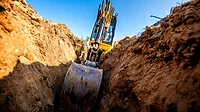
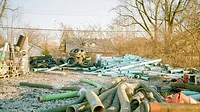
.webp?height=200&t=1668452996&width=200)
